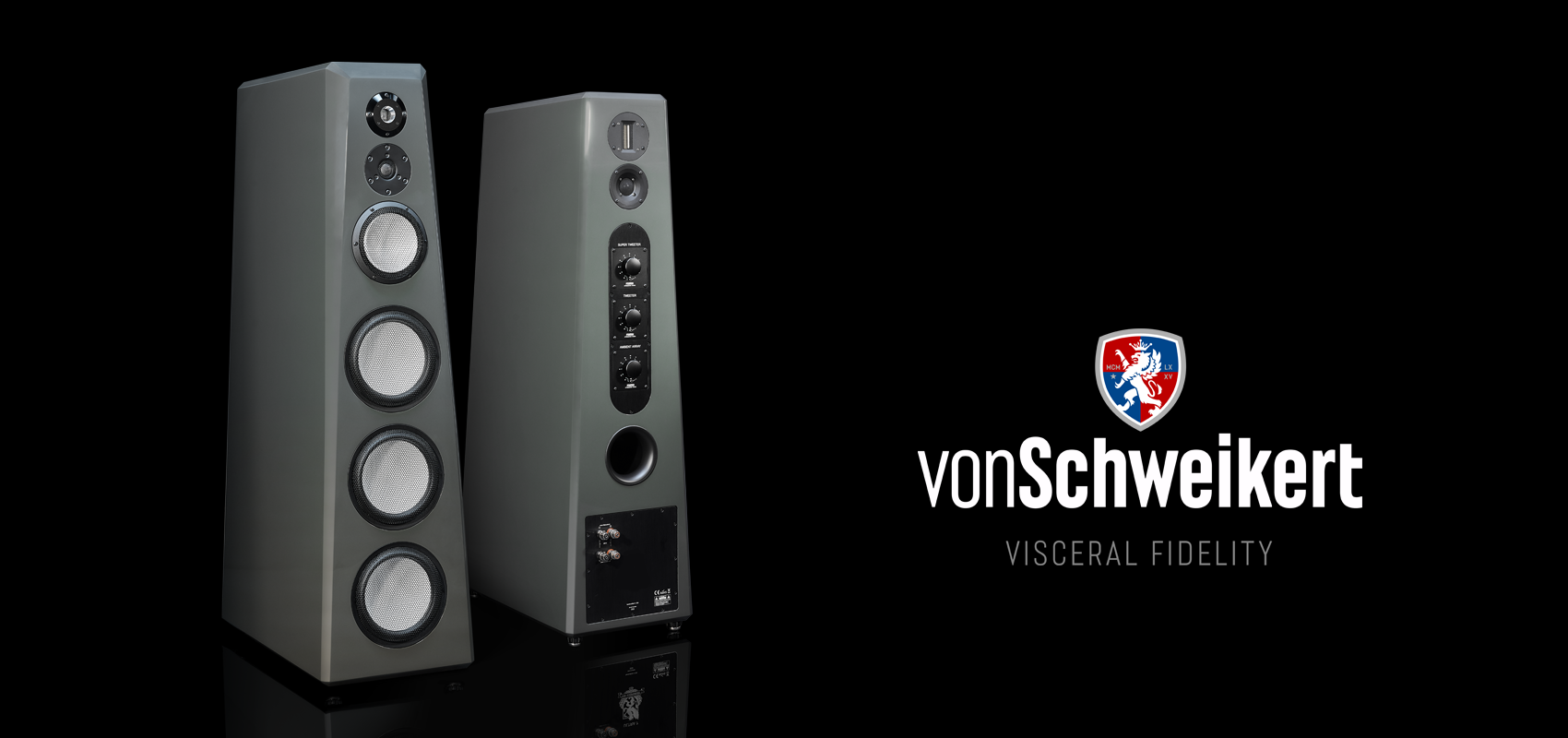John has always measured speakers this way. We were thrilled to have our very first speaker ever measured by John. As well as a review by Michael Fremer.
Unfortunately this is an averaged response. This is a measurement that is not important to me. If you read in the review, Michael states he has never reviewed or owned a pair of speakers that behaved so well off axis. He also states this about every room he has covered of ours at the audio shows. The speakers completely disappear. Every seat in the house is a great seat. This wouldn't be possible if you were lacking treble energy. Every VSA owner knows this about our speakers. That you can get up and walk around the room and there is little to no change in the tonality. You can stand directly in between the speakers and it sounds damn near as if your sitting out in the middle of the room. If you look at the Magico M2 review you will see how the M2's tweeter response is very similar. Now my measurements of the tweeter off axis don't show this extreme of a roll off. This is why this measurement means absolutely nothing to do with the performance of this speaker or how the ear/brain mechanism processes. Michael's room does have a nasty bump in the bass frequency but not as audibly noticeable as the graph shows. I would have some tube traps in the corners if the ULTRA 55's were the speakers to stay in that room. But his Alexx speakers when set up are in those corners. The measurement I'm posting is the ULTRA 55's 10 feet apart with the microphone in the listening position equal lateral to the speakers with no room boundaries(free air) in our factory. This is the measurement I care about. Not an averaged response as shown.
Damon and I will be talking about certain things covered in this review and why they are important to us.
View attachment 66531
And this is without the rear ribbon in play since I have no back wall for the ribbon to play off of.
Most of the measured data from the Stereophile review is either incomplete or measured sub-optimally. I think it would benefit VSA tremendously if these errors are identified one by one, explained comprehensively, and rectified. I wonder whether I can take a stab at starting the process?
The laptop screenshot shows a tick on the box ”sine sweep” - what are the exact measurement parameters for the sine sweep, and what are the pros/cons of this method, compared to a “time gated” FFT analysis? At what loudness level was the sweep done? 75dB, 80dB, 85dB and 90dB could be meaningful “real world” levels, though given the energy distribution typical of music being concentrated in the upper bass through the midrange, the highest frequency octave will almost never be played as a steady-state sine wave anywhere near or above 85dB, so there’s really no point in risking frying the tweeter that way.
Precedence and Hass effects aside, I would think that an on-axis sine sweep from the listening position (listening spot) is less important than the composite of off-axis response curves, as direct sound is typically just a fraction of the indirect (off axis) sound.
Aren’t polar response curves, both vertical and horizontal, more illustrative of the predictable, repeatable, and consistent “bubble” of omnidirectional sound which the AIR+GAIN circuit asserts to produce?
And in the time domain, an impulse response graph and a waterfall graph be more illustrative of crossover/driver integration, and rapid attack/decay time signature of the drivers?
After all, this would be the amalgamated summation of the deep proprietary IP and the synergy of all of the active/passive components in the loudspeaker “system” which creates the psychoacoustic magic. Any wizard would show this magic produced through this alchemy with pride and joy, through both an audition, audibly, and objective data, visually. It would be great to see that the distribution and amplitude of broadband frequencies from the off-axis response curves both the horizontal and vertical axis support what is described and readily heard in the walk-around test.
Using the lingo of probabilities to describe “frequency response” there will for sure be differences in means and medians, in distribution densities, as well as skews. Since these measurements can easily be captured with modem software and hardware, why not make the data more transparent, so the objectivists’ checklist can all be ticked off and satisfied?
At the end of the day, the emotions felt during the listening experience is most important, but this should also be supported by solid objective measurements. As an owner of VR-55 Aktives (Ultra internal cabling), I’m super happy about the performance of my loudspeakers, and can assure anyone contemplating purchasing high-end loudspeakers that the audition of the VSA products is absolutely mandatory!
It’ll be really cool to see more of the data - thanks!
Last edited:


